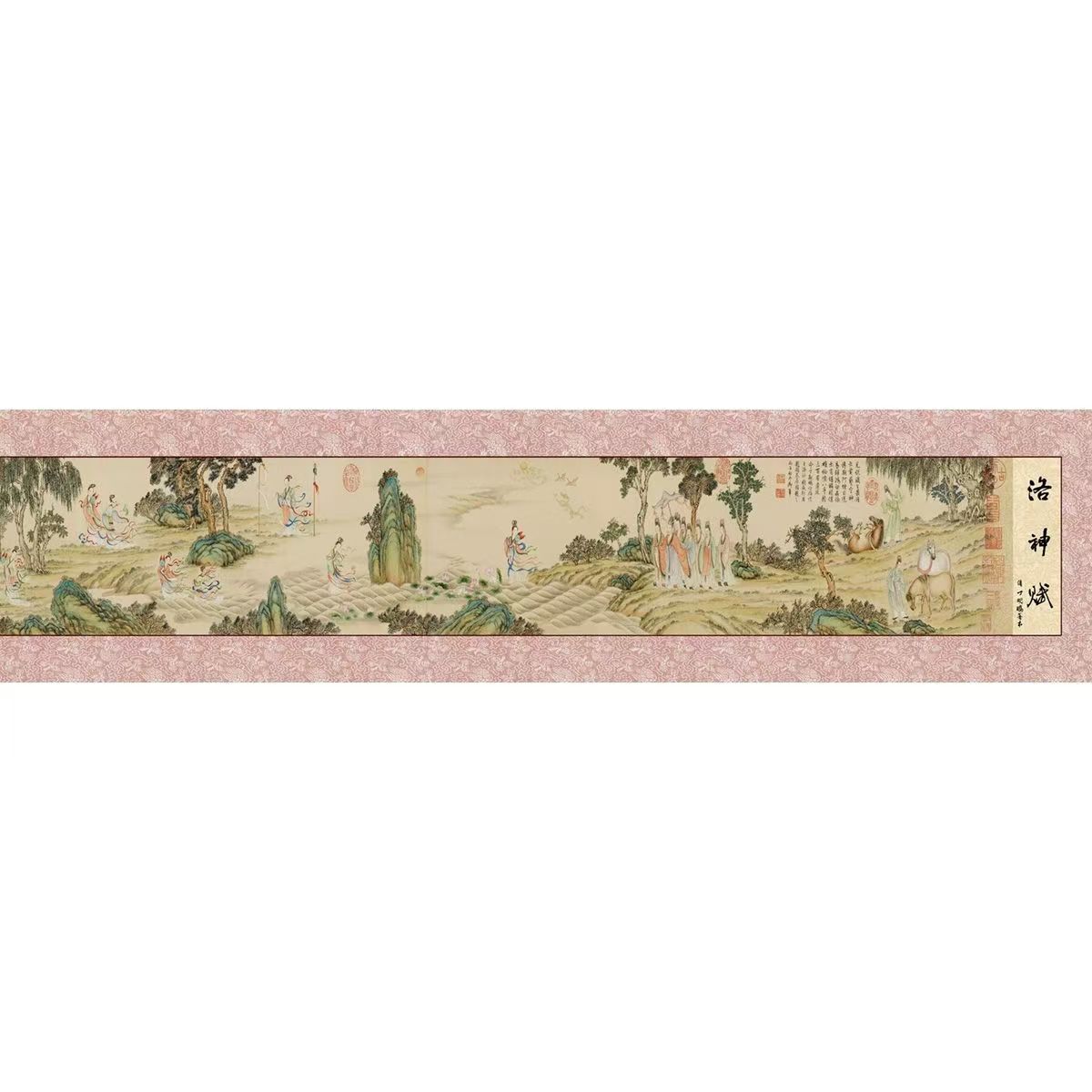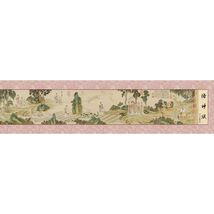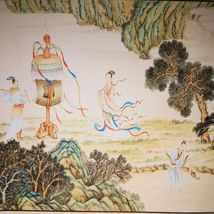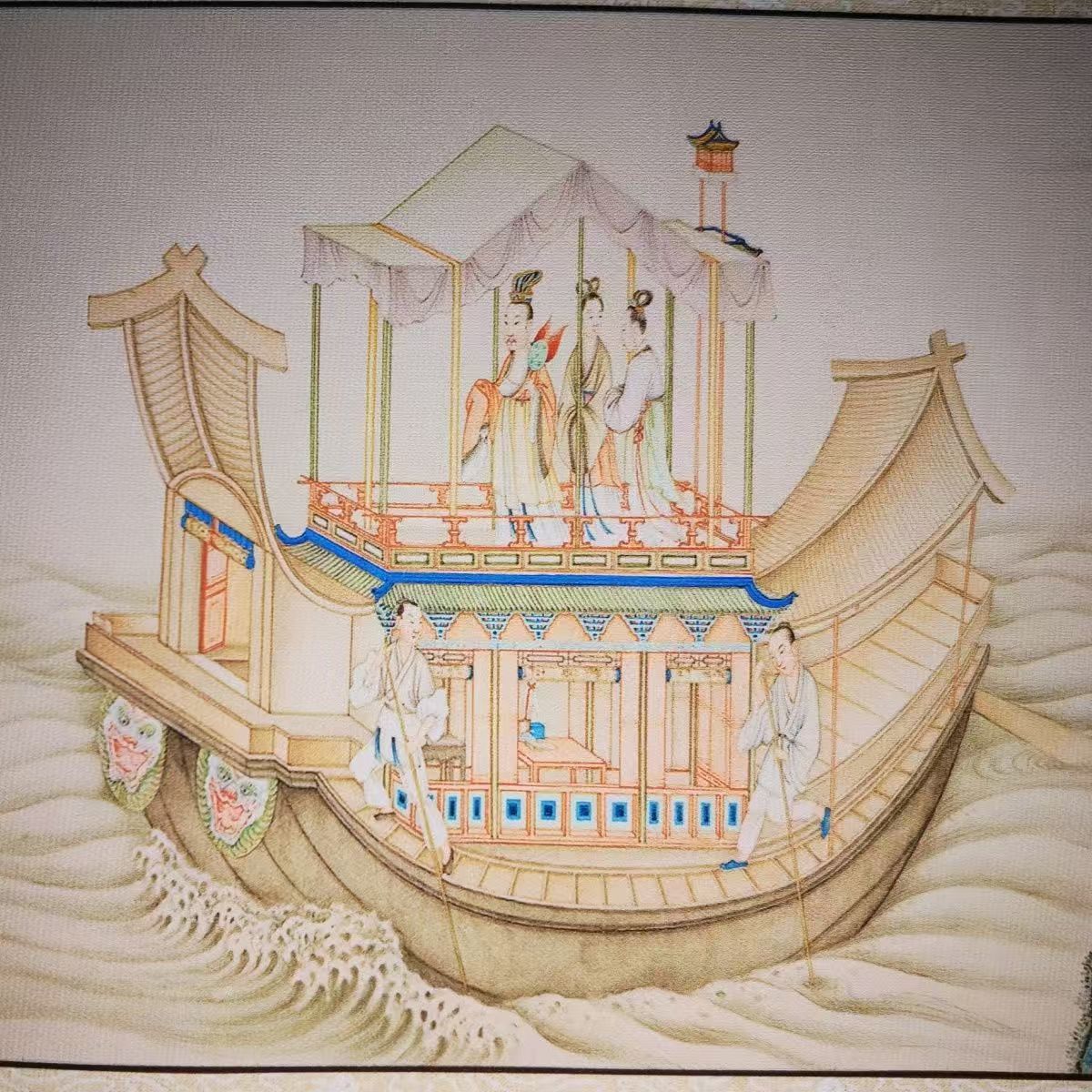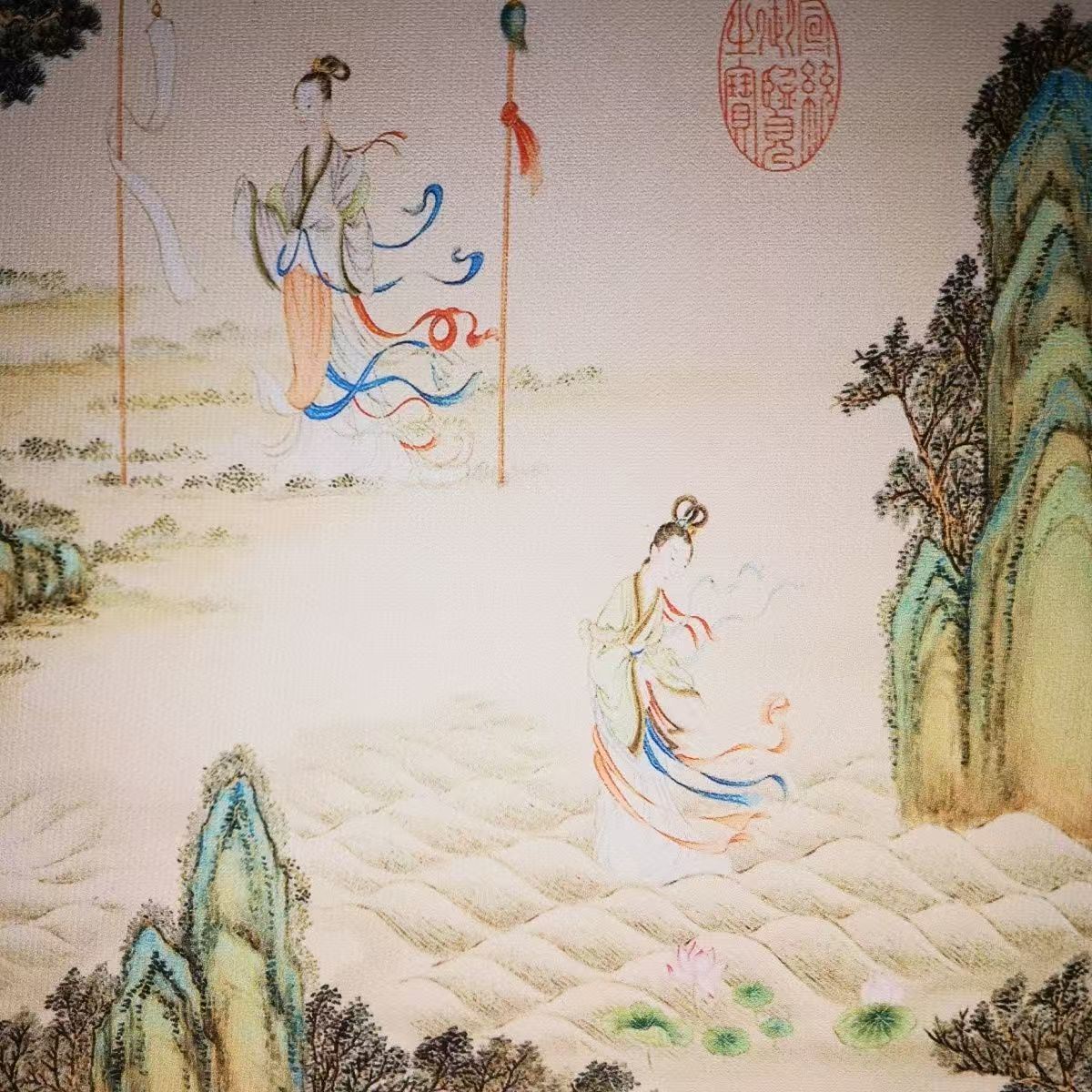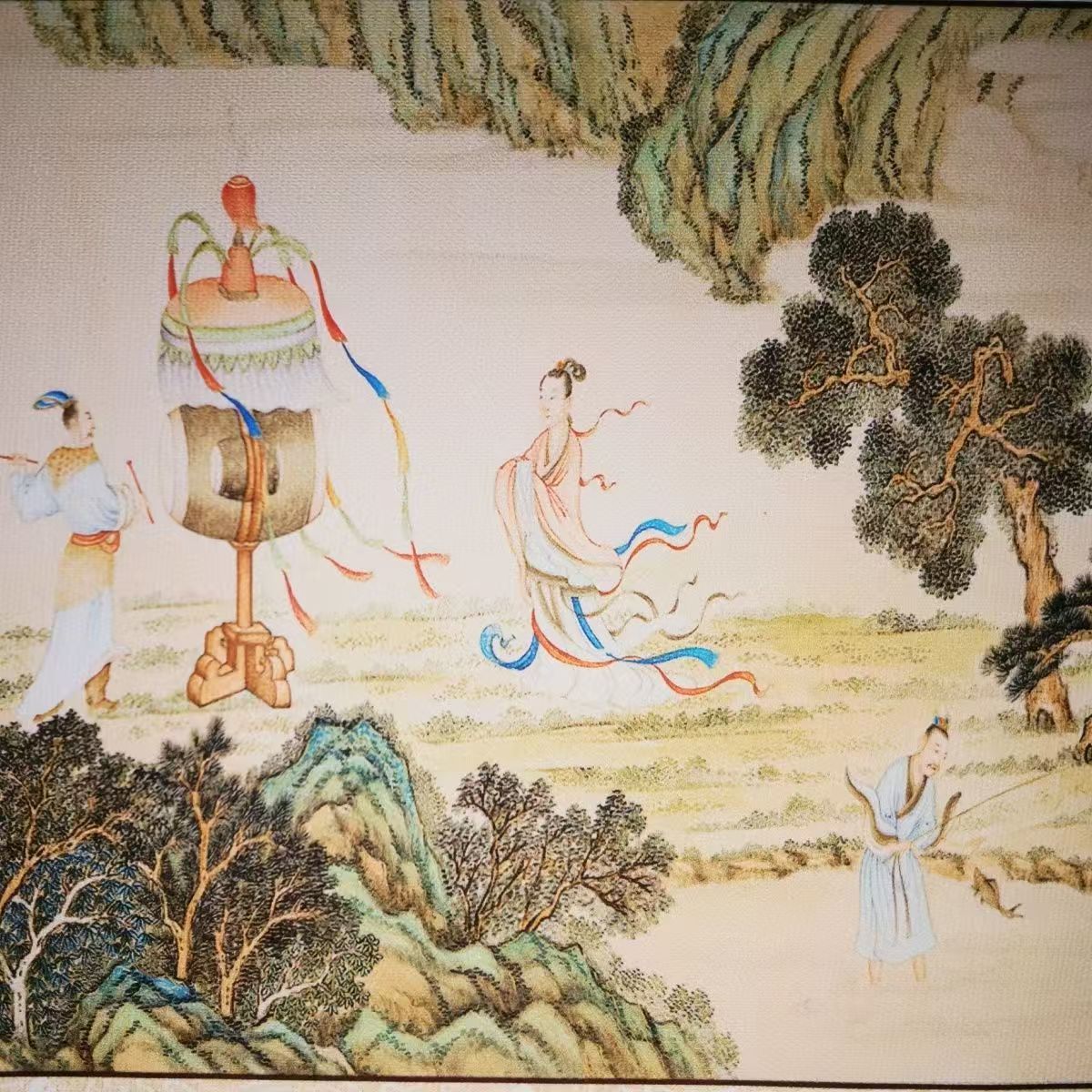Rendered at 19:52:56 07/22/25
Envío gratis
Replica of Traditional Chinese Painting Scroll Ink Art Decoration Luo River
$466.40 MXN
Los buques de
China

Las opciones de envío
GRATIS en Mexico
Los buques de
China

Política de oferta
OBO - El vendedor acepta ofertas en este artículo.
Detalles
La política de devoluciones
Protección de compra
Opciones de pago
PayPal accepted
PayPal Credit accepted
Venmo accepted
PayPal, MasterCard, Visa, Discover, and American Express accepted
Maestro accepted
Amazon Pay accepted
Nuvei accepted
Las opciones de envío
GRATIS en Mexico
Los buques de
China

Política de oferta
OBO - El vendedor acepta ofertas en este artículo.
Detalles
La política de devoluciones
Protección de compra
Opciones de pago
PayPal accepted
PayPal Credit accepted
Venmo accepted
PayPal, MasterCard, Visa, Discover, and American Express accepted
Maestro accepted
Amazon Pay accepted
Nuvei accepted
Rasgos del artículo
| Categoría: | |
|---|---|
| cantidad disponible: |
100 En stock |
| Condition: |
New |
| Height: |
18.5cm |
| Width: |
220cm |
| Color: |
Brown |
Detalles del anuncio
| Envío de descuento: |
No ofrece el envío combinado |
|---|---|
| Publicado en venta: |
Más de una semana |
| Artículo número: |
1748105333 |
Descripción del Artículo
Imitation handicrafts of ancient painting
18.5*220 cm Chinese Scroll
An introduction to The Nymph of the Luo River (??????):
"The Nymph of the Luo River" is a celebrated Chinese painting masterpiece inspired by the poetic prose Ode to the Nymph of the Luo River (?????) written by Cao Zhi (??, 192–232) during the Three Kingdoms period. The painting was created by Gu Kaizhi (???, c. 344–406), one of the most iconic artists of the Eastern Jin Dynasty, often hailed as the "Father of Chinese Painting."
Key Features:
Literary Roots – The painting vividly illustrates Cao Zhi’s romantic and melancholic poem, which describes his encounter with and loss of the goddess Fufei (??), a divine nymph of the Luo River.
Artistic Style – Gu Kaizhi’s work exemplifies early Chinese narrative painting, characterized by:
Elegant, flowing lines (?????, "silkworm-spin thread" technique).
Sequential storytelling across a handscroll, blending multiple scenes into one composition.
Expressive figures with exaggerated gestures, reflecting emotional depth.
Themes Symbolism – The painting explores love, longing, and separation, merging Taoist mysticism with human emotion. The nymph symbolizes unattainable beauty, while the landscape reflects the harmony of nature.
Multiple Versions – The original Tang Dynasty copy is lost, but several Song Dynasty reproductions survive, housed in museums like:
Beijing’s Palace Museum (color version).
Liaoning Provincial Museum (ink-line version).
Freer Gallery (USA) (fragmentary copy).
Legacy – A cornerstone of classical Chinese art, it influenced later figure-landscape paintings and remains a cultural symbol of lyrical storytelling.
Fun Fact:
Gu Kaizhi’s famous principle "????" ("capturing the spirit") is embodied in this work, where even the waves and trees seem to echo human emotion.
Added to your wish list!
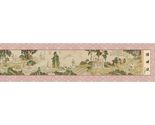
- Replica of Traditional Chinese Painting Scroll Ink Art Decoration Luo River
- 100 in stock
- Price negotiable
Get an item reminder
We'll email you a link to your item now and follow up with a single reminder (if you'd like one). That's it! No spam, no hassle.
Already have an account?
Log in and add this item to your wish list.


